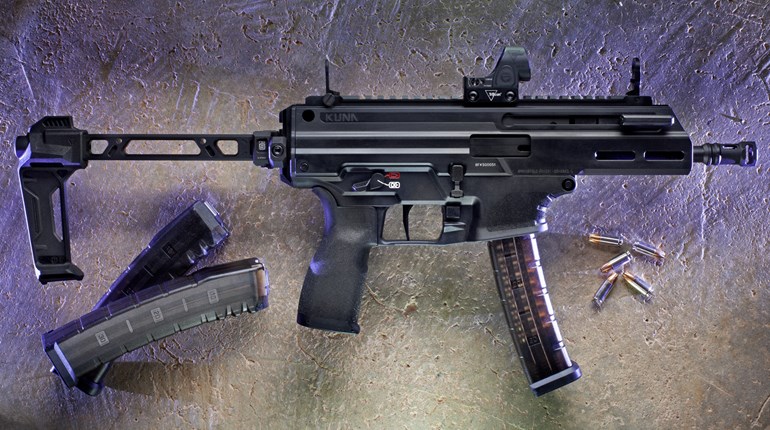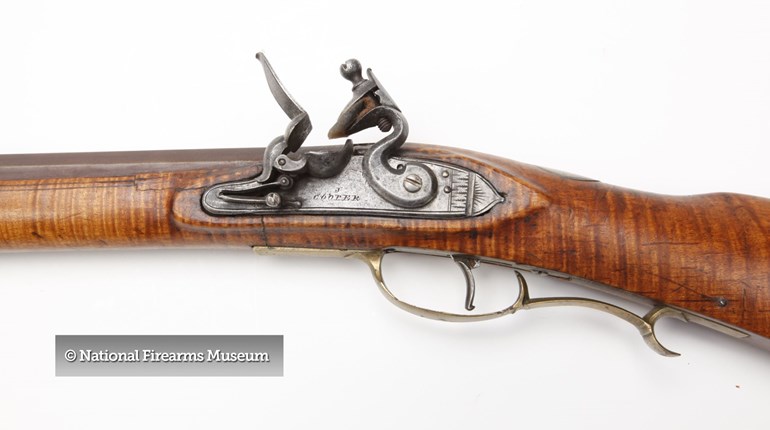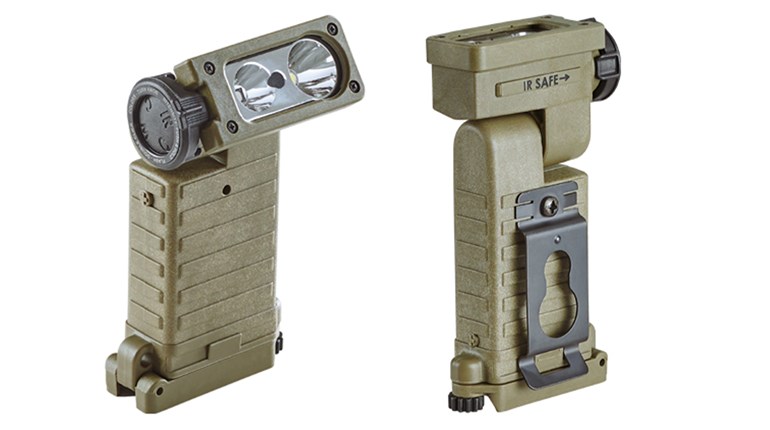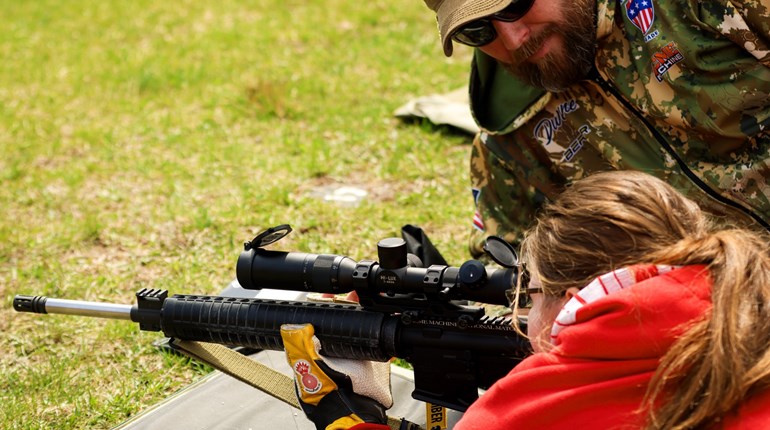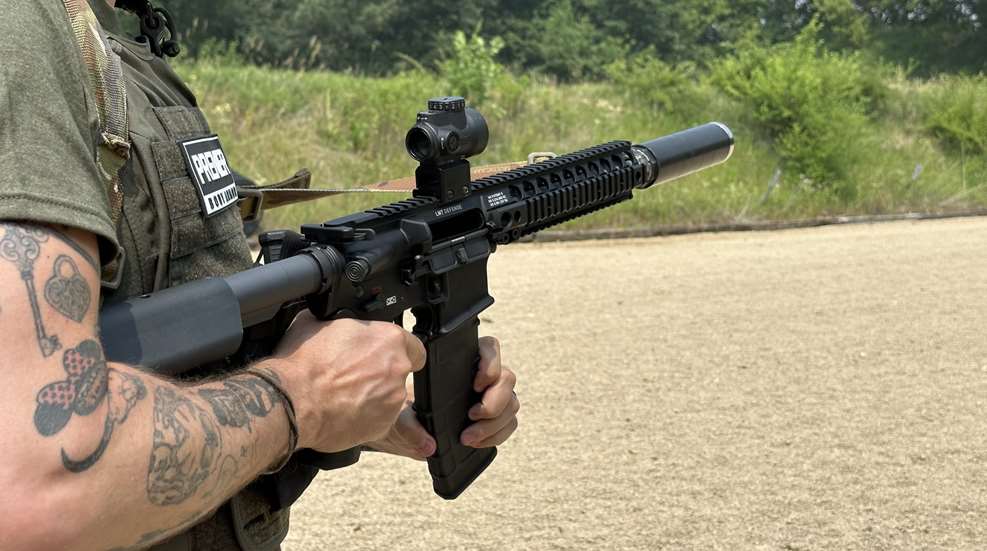
Perhaps the most common magazine-fed long gun in America is the AR platform, which includes the AR-15 and AR-10, AR-style pistols—and even some shotguns. Knowing how to perform an efficient magazine change is essential to successfully operating all of the above. I recently attended a training event at The SITE, a world-renowned training facility in Illinois which works with SOF, SWAT and other elite organizations, and one of the key lessons was how to optimize magazine changes to keep yourself in the fight.
Safety First
Practicing alone is one thing; however, on the firing line during our training, we were standing next to other students, so how we oriented our muzzle during magazine changes mattered. Frankly, it always does, even when alone. “But the gun is empty” isn’t an excuse for poor muzzle discipline—or poor trigger-finger discipline, for that matter. All firearms are always loaded, even when they’re not.
Mind Your Manipulation
Your magazine changes might be fast as lightning, but if you can’t get the firearm back in the fight, that speed doesn’t matter. In a nutshell, if you can’t chamber a round, all the ammo in the world won’t help. Knowing how to manipulate your gun is absolutely crucial. In this instance, on the AR platform, knowing how to operate the platform’s bolt and magazine release, as well as the charging handle at the rear of the firearm’s upper receiver are necessary to keeping the firearm running, especially in a heated exchange of fire.
Build Muscle and Muscle Memory
Learning the series of steps required to go from empty to loaded with a round in the chamber is important, but practicing them under stress is equally important. Training your muscles to find those actionable components of the firearm increases your chances of survival.
One way to help gain leverage on the gun is to brace the stock under the forearm of your trigger-finger hand, then use your support hand to insert the fresh magazine. From there, use your support hand to run the bolt release, and keep your trigger hand on the grip so you’re ready to fire the chambered round as soon as you’re back on target. As you bring the rifle back on target, slide your support hand down from the mag well to your handguard, where you normally support the firearm during firing.
Get a Grip
This may seem like a “no duh” kind of point, but proper magazine orientation makes for the fastest possible reloads. We practiced with magazine carriers/pouches on a plate-carrier vest. Whatever your spare-mag setup looks like, it’s important to orient the magazines the correct way – that is, whichever way makes the magazine the fastest to insert it into the firearm.
Top down (first round down) and rounds pointing left or right all depend on which hand is your support hand, and how you plan to grasp the magazine to pull it out of its location on your kit. Are your magazines on your chest, strapped to your side, in pockets in your pants or somewhere else entirely? Where they sit in relation to your support hand will determine how you stage the magazine to get it loaded the fastest.
There’s not necessarily a right or wrong way to do this; most of it is personal preference. But train around your personal preferences.
The Best Practice Is Practice
They say practice makes perfect, and that’s true with firearms, especially when it comes to skills and movements involving muscle memory and consistency. Orienting, gripping, retrieving and inserting your magazines should be done consistently.
I learned how heavy an AR-15 can feel after hours of supporting the rifle during live-fire practice; building up your muscles can only help. Firearms require some extra safety when running drills like magazine changes. Pay attention to muzzle orientation and trigger control, because changing a magazine in your workspace requires that the muzzle be redirected. Also, keep in mind where you’re practicing as some ranges don’t allow certain types of behaviors on the firing line.
Make Rounds Count, Don’t Count Rounds
Getting proper shot placement is more important than how many rounds a shooter can squeeze off, because the more impactful your shots, the fewer rounds you’ll need. That’s easier said than done under high-stress scenarios. Don’t be afraid to switch magazines if there’s a lull in the action, as a fresh magazine with 30 rounds is always a better option than a magazine with 20-something. That’s not to say ditch the magazine, because those spare rounds may come in handy, but always top off when you can so you don’t have to count rounds.
These were several of the tips and tricks we learned while completing the entry level course. But this one training session didn’t mean we mastered the mag change. If anything, it showed us where we need to improve. If you’re looking for NRA gun training near you, click here!













